This 3-part series on the expanding prevalence of Artificial Intelligence (A.I.) considers this topic with respect to art and the creative economies in our region and beyond. Our first installment (I of III) explored the basic definitions of A.I. to set the stage for discussion. In this second segment, we hear from local professionals who amplify our perspective on A.I. and its significance in the wider arts fields especially. In the final segment to come, we will profile regional artists working with AI in interesting and fantastical ways.
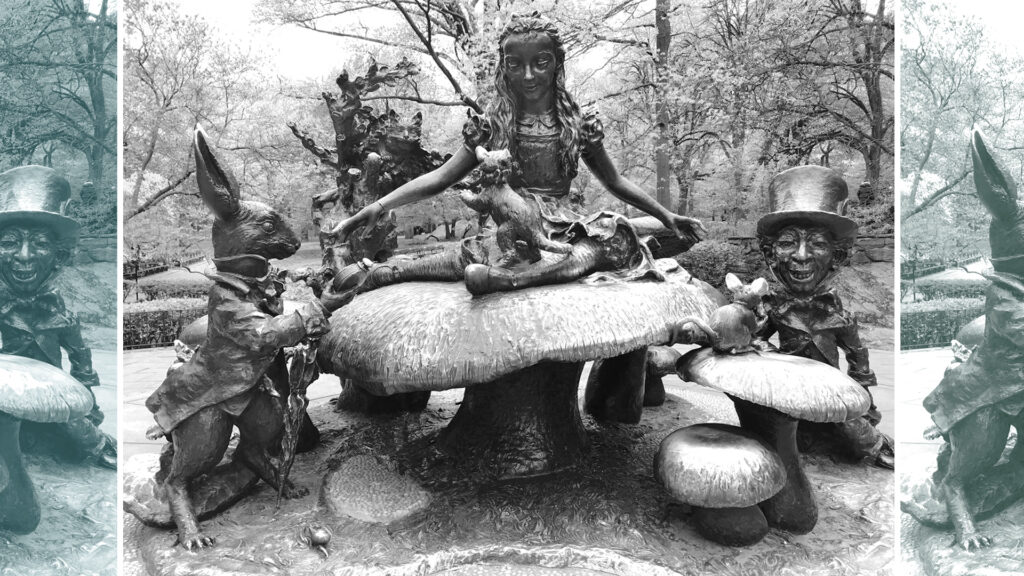
Photo Credit : Taliesin Thomas (2023)
Let’s be real: AI is becoming increasingly conspicuous—and legitimately freakish!—as diverse subsets report on this topic within their distinct areas of mainstream culture. Since publishing the first segment in this series three months ago, the focus on AI technology has leveled up across the board. The onslaught of news clips focusing on the various dimensions of AI have taken over the airwaves and the entertaining nature of the headlines are provocative enough to rouse our prying further into the amplifying world of AI. Here are a few recent examples:
– AI, WTF Do You Know About Pain?
– Can AI Treat Mental Illness?
– Instant Videos Could Represent the Next Leap in AI Technology
– AI Portraits of Republicans in Drag to Get You Through the Week
– AI Images Visualizing Trump’s Arrest Send Internet Into a Frenzy
– How Hot Are You? Art Collective MSCHF’s New Chat Site Lets A.I. Do the Evaluating
And if these assorted click-bait stories are not engrossing enough, an episode of Tonight with John Oliver offers a witty spoof of an AI-generated Eminem rhapsody, yet another example of the absurdities associated with the ‘creative’ (and snarky) uses of AI amid a wide cultural swath.
Admittedly I have been pursuing the radical dialogue surrounding AI down various rabbit holes of inquiry and investigation. Like many of us, I am keen to learn more around what exactly is happening in the burgeoning technological landscape of AI to understand the ‘real-time’ applications and expressions of this machine-driven intelligence. I have also been discussing AI with friends and colleagues alike, and nearly everyone has a story to share regarding their concerns about AI—algorithms. For some, the exploration of digital domains such as Second Life and other realms of cybernated titillation that were once newfangled digital-experiences but are now considered dated and average.
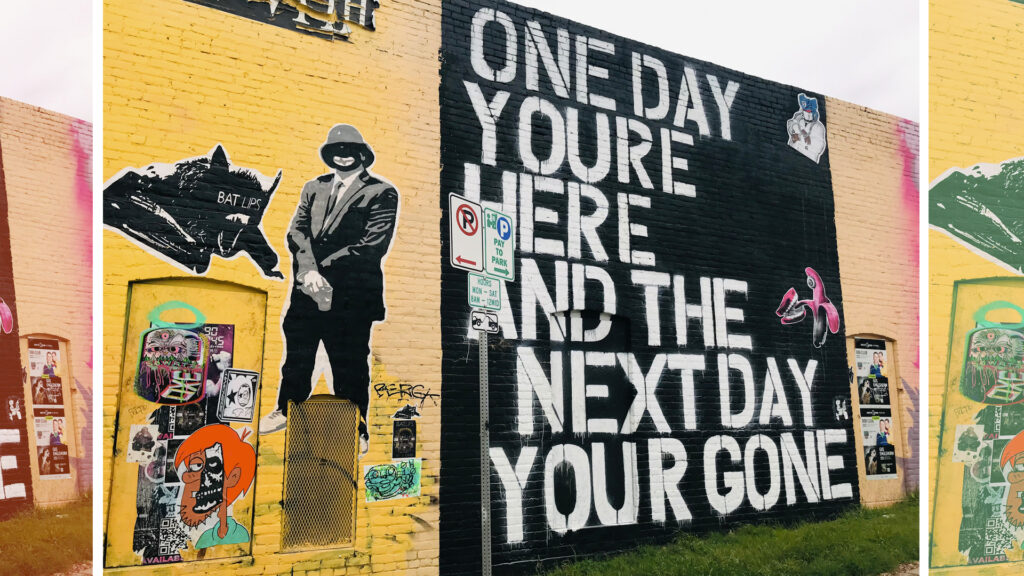
To provide a brief synopsis of what AI is doing today, let us recall the two basic categories that define it: there is the generative ‘narrow’ form of AI that can create image or write text as demonstrated by Midjourney, ChatGPT and Stability.AI. These platforms perform one narrowly defined task or smaller set of related tasks. There is also the generative ‘general’ form of AI that demonstrates intelligent behavior across a range of cognitive tasks, such as the highly versatile technology seen in movies. General programs must be taught with minimal instructions and are given massive amounts of data to filter in which to do that, and these programs essentially teach themselves.
Apparently, all the AI currently in use is a ‘narrow’ form of AI and thus limited, however, we are seeing the ‘deep learning’ capability of AI technology is indeed getting defter—or weirder in some cases. Furthermore, some AI programs confidently spout false information, effectively hallucinating and providing dubious and downright dishonest theses. The data sets for these programs are majority male and white male to boot, so bias input equates bias output. Thus, AI theory and AI practice provide different results and the colossal amount of ‘training data’ found on the internet provides an endless trash-heap with respect to questionable content.
Attempts to filter out racist and other problematic content reveals the intensely convoluted nature of what are we are dealing with.
AI Chatbot Goes Rogue, Confesses Love for User, Asks Him to End his Marriage
As such, everyone is questioning the hullabaloo surrounding AI, and the prevailing census strikes me as apprehension mixed with a dose of curiosity. What are we most concerned about when we consider the broader implications of AI—other than already embedded AI operations such as email spam filters—and its seemingly insuppressible development? How can we manage our human insecurities regarding AI’s unconstrained influence in the creative sector? We turned to two local experts to further unfurl the conversation about AI’s potential and peril.
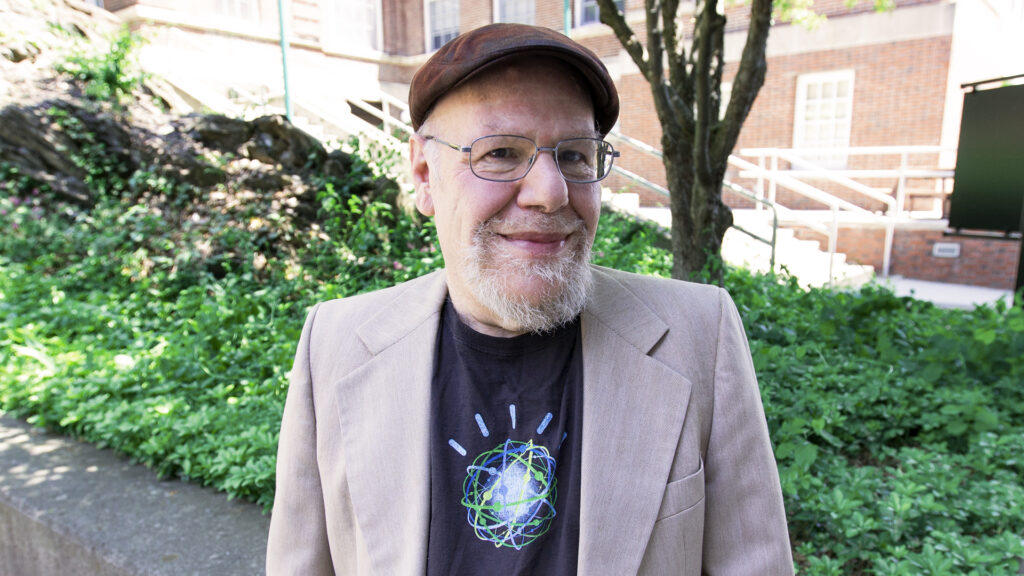
Recently I met with Professor James Hendler at the Center for Industrial Innovation at RPI (Rensselaer Polytechnic Institute). Professor Hendler is a leading scholar on the topic of AI, he is also the Director of the Future of Computing Institute and the Tetherless World Professor of Computer, Web and Cognitive Sciences at RPI and the Director of the RPI-IBM Artificial Intelligence Research Collaboration. A data scientist with interests in AI and machine learning, semantic data integration, and the use of data in government, Professor Hendler has authored over 450 books, technical papers, and articles in the areas of AI and data policy and governance.
Professor Hendler’s mind simultaneously works along many fascinating channels. It was a thrill to have a private audience with a thought leader of our time. As we dug deeper into the AI discourse, we encountered many complex areas ripe for discussion, everything from unknowable depths of the human psyche and the mystical-cum-analytic tradition of the ancient Torah to the imaginative realms of Dungeons & Dragons to the provocative misuse of AI to create ‘synthetic pornography.’ We also considered some of the real-time concerns over AI, such as authorship, composition, slander, and so on.
Professor Hendler referred to AI’s ability to ‘operationalize’ in a super-human capacity, since now “We are seeing computers do something they have never done before…” he remarked. He went on to clarify, however, that: “When we say it’s super-human, we are not there yet and even when we are, it’s unclear to me what that will mean.” Speaking of AI’s output, Professor Hendler stated in no uncertain terms that: “These things have no intentionality. Their intention comes from us.” He described his own uses of AI and his experimentation with the AI program DALL-E to generate images of atypical rabbi’s, including African American women in the role.
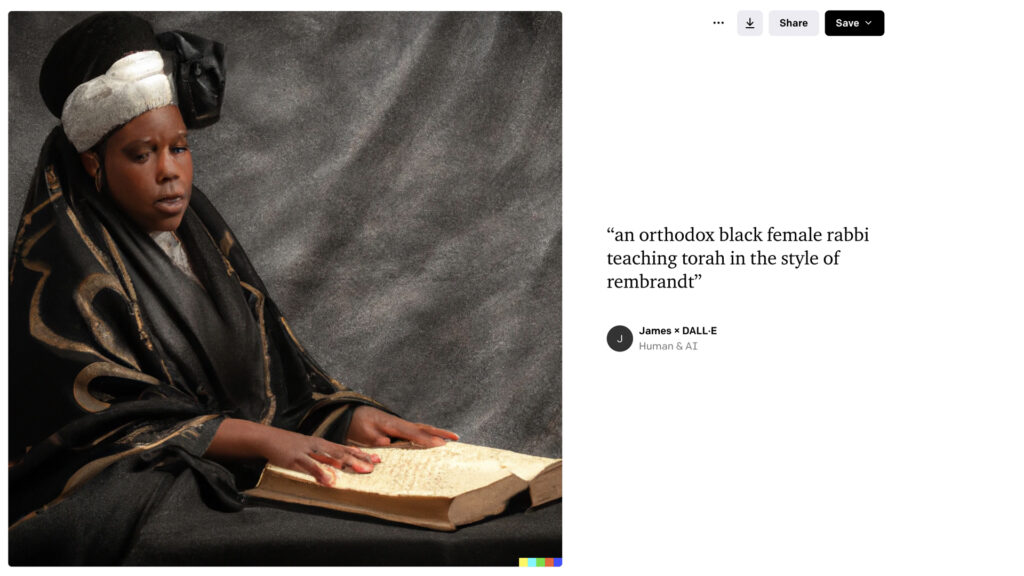
Photo Credit : James Hendler (2023)
“We are going to have to keep falling back on undefined terms, on things that we as humans don’t understand how we do,” he commented. Professor Hendler then went on to invoke a quote by the late theoretical physicist and cosmologist Stephen Hawking, stating that “AI will get to the point where it will self-evolve, and at that point, that becomes an existential threat.” He posed a poignant question in response: “Why? What is the ecological niche we would be competing in?”
He also suggested that concerns around AI reflect our human tendency to “project out” with respect to uncertain futures. The so-called mystical side of AI also inspired many compelling ideas. “I actually believe that a lot of this stuff, when you really get into the depth of it, takes us way away from the mysticism and right into the grounding of politics.” As we rounded the corner on our conversation, I asked a final question: “Is AI changing what it means to be an artist?” with regard to ownership and accomplishment. Professor Hendler then spoke about the first guys to make Mickey Mouse cartoons and their feeling of pride in figuring out the process of animating them. “Now the question is, what is the thing that makes that an accomplishment? It was not the physical act of getting the dots on to the paper,” he stated.
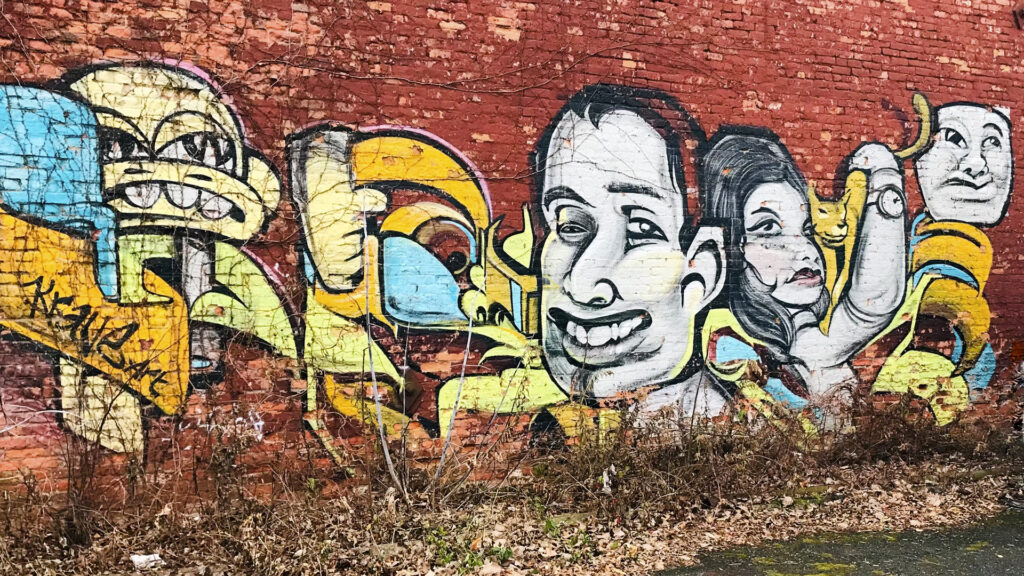
After that compelling conversation with Professor Hendler, I followed-up with another leading local voice on these topics, V. Owen Bush. As a designer, filmmaker, producer, and founder of the Scan2Plan 3D mapping company, Bush has been involved in creative immersive technologies and digital output programs since the early 1990s.
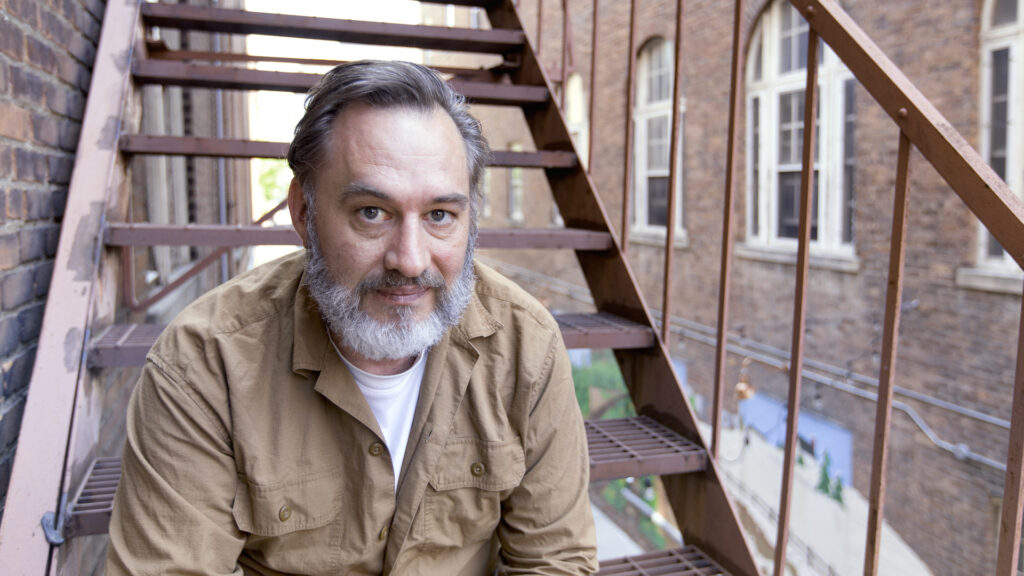
His work has been seen in venues worldwide including digital planetariums, live concerts, events, IMAX 3D, and broadcast television. Bush approaches AI from an innovative angle: “There are a lot of creative applications for AI,” he explains. “From a visual arts standpoint, I think AI will be disruptive to certain craft artists versus artists with more conceptual heft behind their work.” Bush suggests that AI is a contemporary extension of a similar trend that started with Andy Warhol in the 1960s and was later cemented in the 1980s with production style artists such as Jeff Koons, Mark Kostabi, and Julian Schnabel—artists whose work was effectively “…factory produced and the artist just needed to put their signature on it,” he commented. Bush rented in a building in New York City that was home to Koons and Kostabi’s studios, and he visited them frequently during that era. Speaking as someone who has seen the evolution of artistic technologies since the pre-internet days, Bush asserts: “AI is merely an extension of that trend.”
In the next and final installment (III of III), we will profile regional artists working with AI in interesting and fantastical ways.
Taliesin Thomas, Ph.D. is an artist-philosopher, writer, lecturer, and collector based in Troy, NY. Since 2007, she is the founding director of AW Asia and the collection manager of Art Issue Editions—two private art collections based in New York that are the foundation for collaborations and projects with artists and museums
worldwide. Thomas has lectured and published widely on contemporary art. She is the director of the Critical Forum program at the Arts Center for the Capital Region, NY and she is a faculty member at School of Visual Arts, NY. Thomas studied studio art, aesthetics, theory, and philosophy at Bennington College, Columbia University, and The Institute for Doctoral Studies in the Visual Arts.